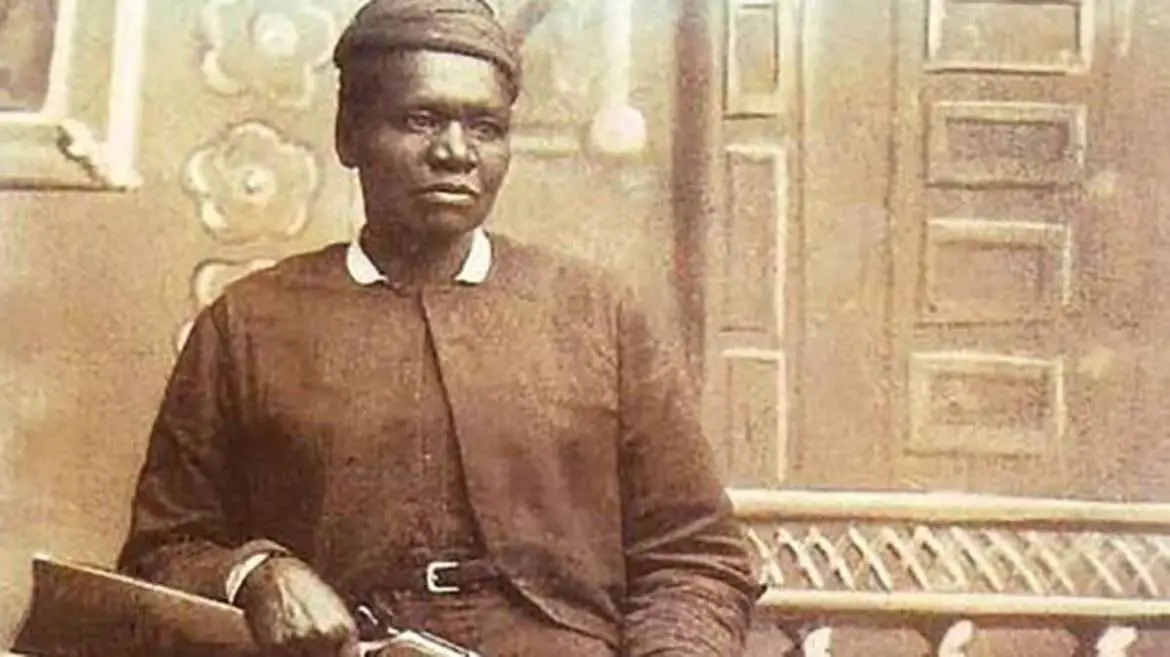Table of Contents
Many outlaws in the American Old West learned to avoid Stagecoach Mary, who was six feet tall and formidable. Mary Fields, the stagecoach, was armed, smoked, drank, and had a bad temper. Mary was the first African American woman to work for the United States Postal Service on the Star Route.
People also ask
What was Mary Fields famous for?
American pioneer who was the first African American woman to become a U.S. postal service star route mail carrier.
How did Mary Fields get out of slavery?
She was liberated and found work as a chambermaid on board the Robert E. Lee, a Mississippi River steamboat.
Is there a movie about Mary Fields?
True First Documentary: Stage Coach Mary (Short 2016) – IMDb
Did Mary Fields have a husband?
No
Did Mary Fields have a pet eagle?
Yes, For the job, she traveled the badlands with her pet eagle
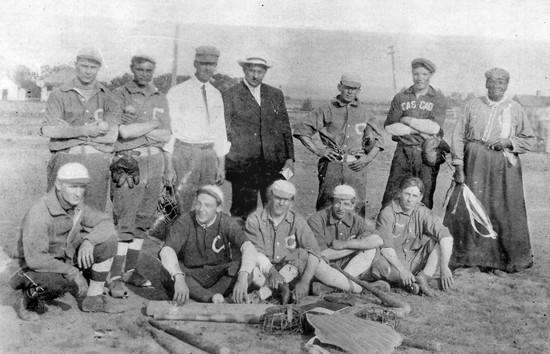
Mary smoked, drank, and wore men’s clothes on occasion. She also carried weapons. Living on the western frontier gave Mary Fields some liberties, but she was never totally accepted because of her gender and skin color. She spent most of her life on the outskirts of various communities.
Mary Fields, an African American pioneer in late nineteenth-century Montana, is the subject of numerous stories. Although these legends have been embellished in the century since her death, oral and written reports characterize her as one of Cascade’s hardest and most resilient citizens.
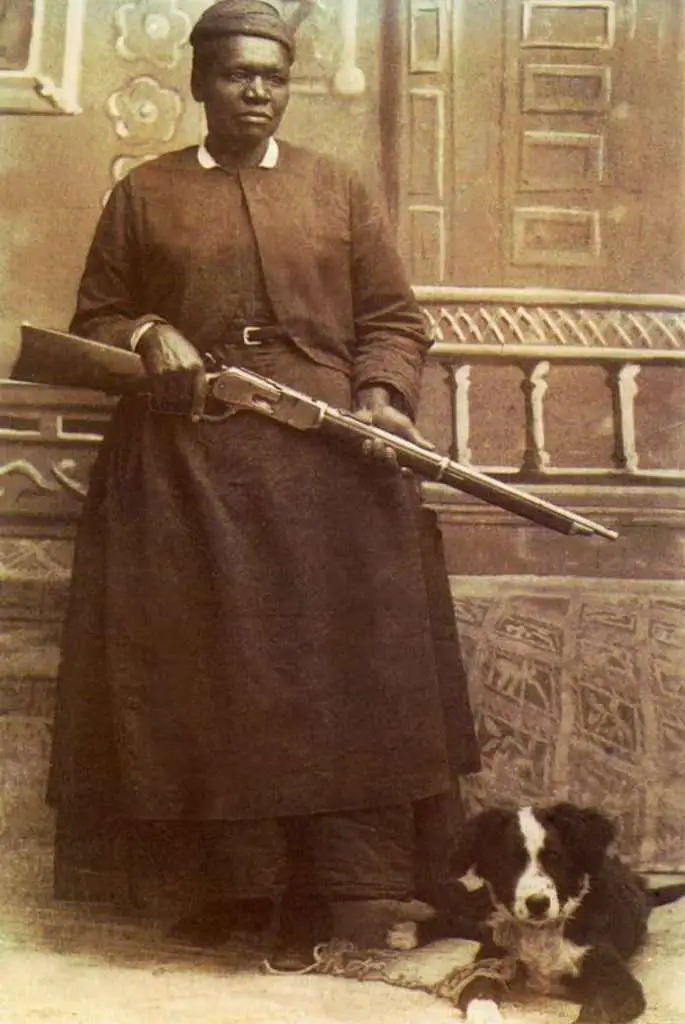
Mary Field’s Early Life
Mary Fields was born into slavery in 1832 or 1833, but her exact date of birth is uncertain. Mary’s birthplace and other early childhood information are similarly unclear. What is known is that, in the years running up to the Civil War, she worked for the Warner family in West Virginia. Mary was emancipated in 1863, or shortly after the Civil War, and moved from West Virginia to work on steamboats on the Mississippi River.
Mary eventually ended up in Toledo, Ohio. Mary started working at the Ursuline Convent of the Sacred Heart there. There is disagreement on how and why Mary came to work at the convent. What is known, though, is that Mary’s stern demeanor did not blend well with the convent’s beautiful quiet.
Mary washed laundry, bought supplies, ran the kitchen, and tended to the garden and grounds throughout her tenure at the convent. Mary was infamous for losing her cool and was quick to scream at anyone who stepped on her freshly manicured grass.
Mary’s reason for leaving Toledo is unknown. Many people believe she relocated to care for a sick friend. Mother Amadeus Dunne, who had previously served as Mother Superior in Toledo before relocating to the West, had become unwell. Mother Amadeus and Mary were known to be pals. Their acquaintance can be traced back to the Warren family in West Virginia, according to certain sources, though this assertion cannot be verified.
Mary got to work as soon as she landed in the West. Mary mostly worked for Saint Peter’s Mission in Cascade, Montana, where she performed many of the same tasks that she had in Toledo. Mother Amadeus Dunne lived at this Ursuline mission, which was maintained by nuns. Mary was in charge of maintenance and repairs. She also tended to the garden and did the laundry. Mary was also in charge of locating and delivering necessary materials for the mission. Mary, on the other hand, had no formal contract with the mission or the nuns, so she was free to come and go as she wanted, working outside the mission.
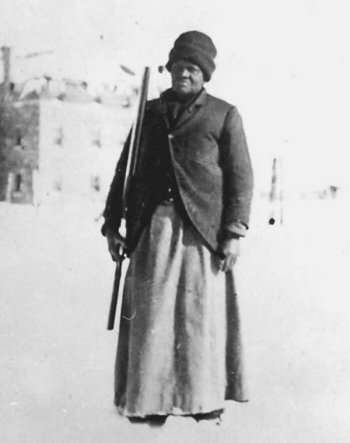
Mary was dismissed from the mission
Unfortunately, Mary was dismissed from the mission. This was due in crass behavior, unruly temper and penchant for drinking and smoking in saloons with men. The final straw appears to have been an altercation in which Mary and another mission janitor, a male, got into a fight and became so enraged that they both drew weapons. Despite the fact that neither of them fired a shot, the incident was enough for the Bishop of the area to insist that the nuns release her from her duties.
Mary relocated to Cascade, Montana, where she attempted but failed to build a restaurant. They were claimed to have failed because of her kind personality, which allowed people who couldn’t afford to dine for free. To supplement her income, Mary allegedly opened a laundry shop and performed other odd jobs. Mary’s drinking, gun-toting, and smoking habits became well-known among Cascade residents about this time.
Mary Field was hired as a star route carrier
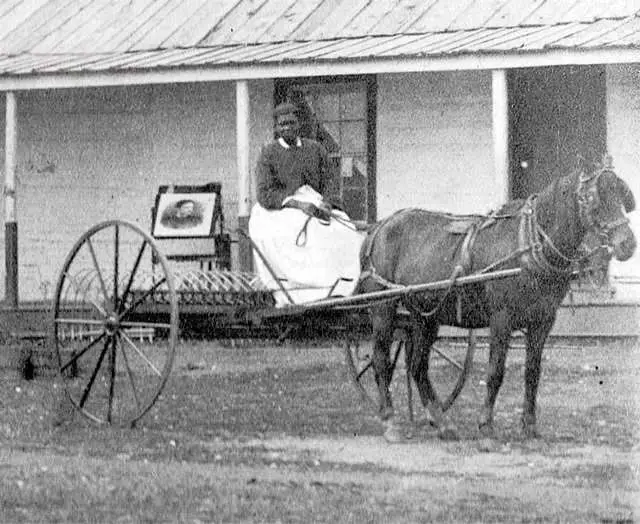
Mary was hired as a star route carrier by the United States Post Office Department in 1895, when she was in her early sixties. In the harsh conditions of northern Montana, a Star Route Carrier was an independent contractor who delivered mail via stagecoach. Mary was the first African American woman and only the second woman to be awarded a Star Route contract by the US Postal Service. The Ursuline nuns assisted in securing this contract. The nuns wanted to keep an eye out for Mary since they felt a bond with her. They didn’t want her to leave because the nuns relied on her for a lot of the labor around the mission.
While working as a mail carrier, Mary earned a reputation for being courageous. Mary’s responsibilities included not just delivering the mail but also protecting it from bandits, thieves, wolves, and the elements. Due to her employment of a stagecoach as a mode of transportation to carry the mail, Mary earned the moniker “Stagecoach Mary.” Mary was also known for her arsenal of weapons. Mary was known to carry a rifle and a pistol while delivering the mail.
Mary worked as a Star Route Carrier for eight years, delivering mail. Mary became well-liked by the residents of Cascade, Montana, during this time for her bravery and charity, as well as her kindness to children. In the early twentieth century, Mary left her job as a star route carrier. Mary made her home in Cascade, Montana, once she retired.
Retired life of Mary Field
After she retired, Mary began a laundry in town. She also operated a restaurant and babysat for the neighborhood kids. She remained well-known, even becoming the town’s baseball team’s mascot. Mary was so revered by the people of Cascade that she was allowed to drink and eat for free in local saloons and hotels.
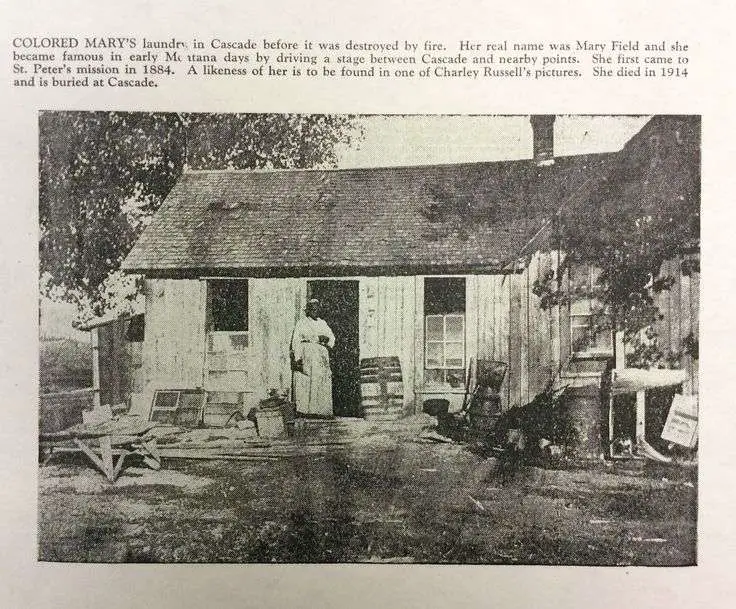
On December 5, 1914, Mary Fields passed away. Following her death, the community donated funds to have her buried in a cemetery on a route that connected Cascade and the mission, which she frequented. Mary’s funeral was rumored to be one of the town’s largest.
Mary’s death became legendary. She was elevated to the status of a hero and became a symbol of female black empowerment. But, during her time in Cascade, how did Montanans feel about her? Were people able to comprehend the autonomy, identity, and character of a freed, literate African American lady who refused to adhere to society’s ideals?
Source : Wikipedia, Britannica
Read More >>>
Why Female Rider Vivian Bales Called The Enthusiast Girl?
Annie Wilkins Story: The Ride of Her Life
Deaf & Blind Woman Who Won The World – Hellen Keller’s Inspirational story
Most famous streaker Erica Roe stripped off again at age 56 to raise money for cancer
